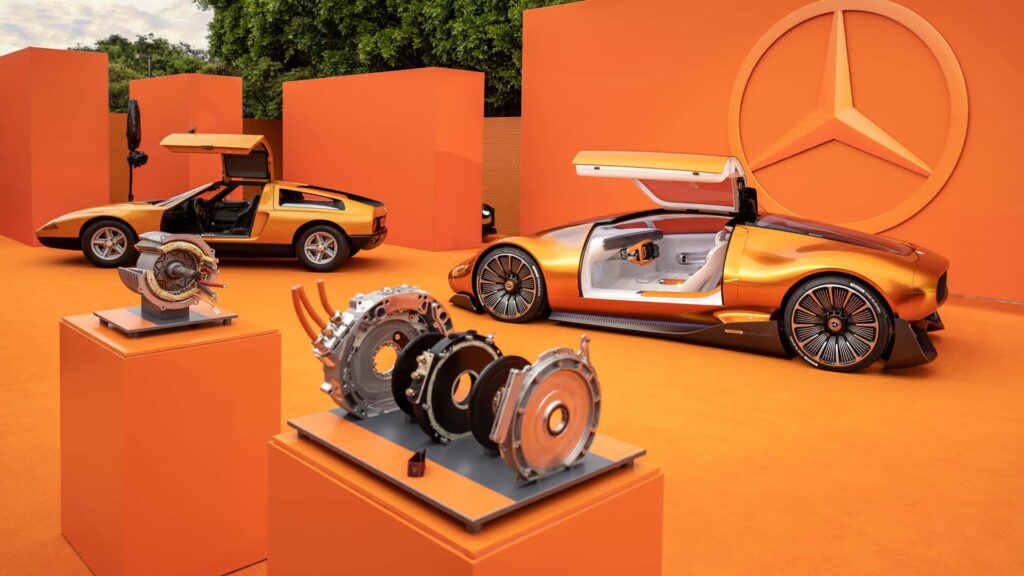
The Mercedes-Benz Vision One-Eleven is inspired by the tradition of the legendary C 111 experimental vehicles from the 1960s and 70s.
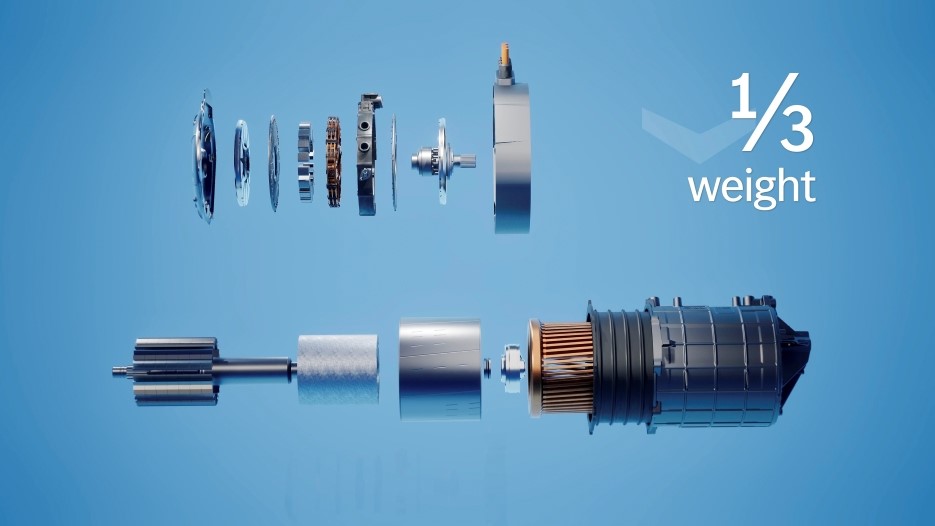
Alongside its power and torque density, another major benefit is the narrow package, which reduces both its weight and dimensions. The weight of an axial-flux motor is just one third of that of current electric motors with the same power output. At the same time, it requires just one-third of the space occupied by a radial-flux motor. This opens up completely new options for engineers as well as new freedoms in the design of an electric vehicle as demonstrated by the Vision One-Eleven.
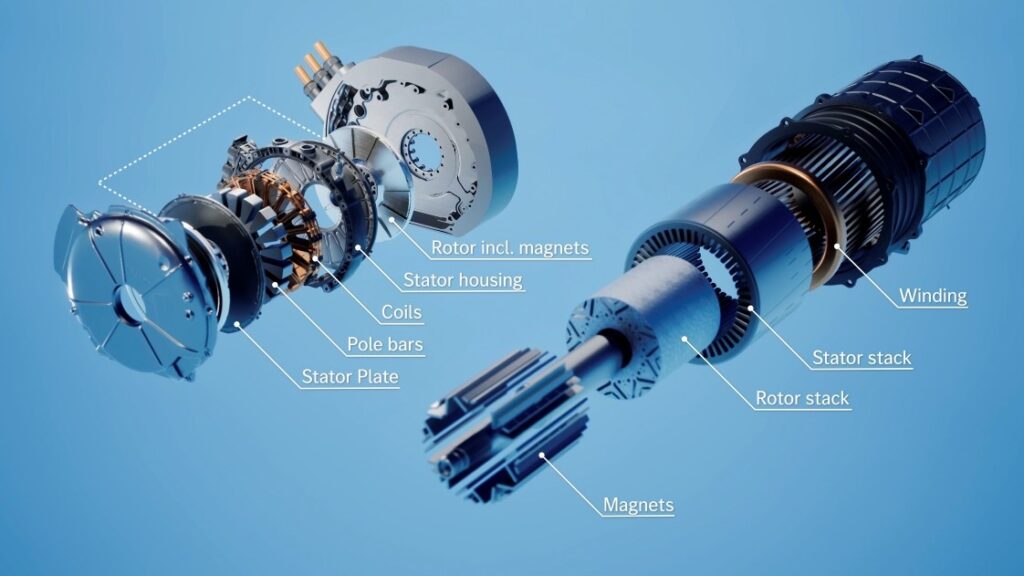
A radial flux motor can also only be driven hard so many times because as the copper windings get hot electromagnetic resistance increases, reducing available power. However, moving from radial designs to YASA’s axial flux design brings direct oil cooling of the copper, keeping it cool which means endlessly repeatable acceleration and access to peak power for the driver. As well as saving weight by using 60-80% less iron and significantly less copper than conventional e-motors.
The future generation of YASA axial-flux motors will be produced at the Mercedes-Benz Berlin-Marienfelde plant. The motors manufactured there will be at the heart of the forthcoming powertrain for the performance segment.



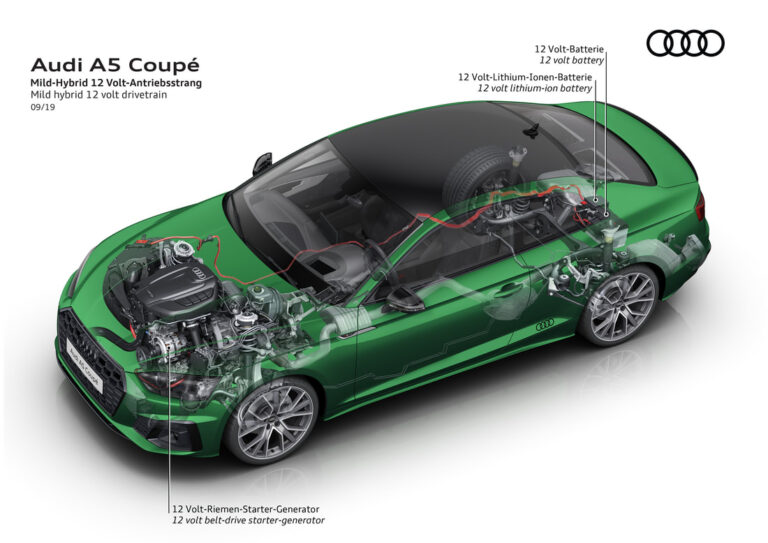
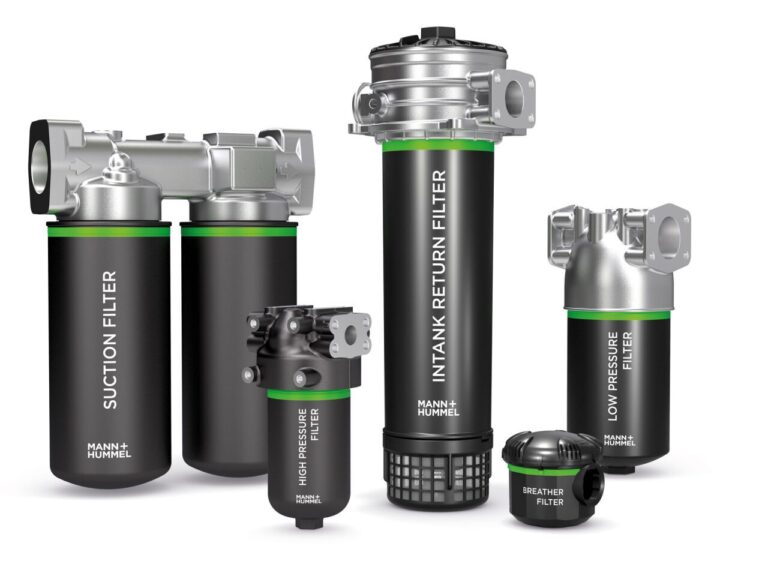
YASA motors are great, sure; one must consider other factors like cost and sub-systems.
a YASA 750R and controller is approximately 20,000USD.
here in the US, one could, ostensibly buy TWO used cars and drive them for 10 years, each.
then one must also consider that the YASA motor in question, requires a 700V-400A battery system to power it.
that might last about 5 years, and then degradation will likely be its demise as your range drops below 80% of new.
so then one must consider that a car like a koenigsegg, has four (3?) YASA motors coupled to it, and would thereby
account four ~80,000USD of the value of a 2M$ car.
and then ask yourself why, no one has thought to put new YASA motors in something like the 1st generation Tesla Roadsters?
because all EVs, after about 5 years, are moot.
and the people “rich” enough to keep buying them in a subscription model, dont care to tell ‘poor’ people that its an issues.
because a) those “rich” people can afford a new car every year and also likely dont care about the cost of these things in question.
MOST people on earth, can hope to have a 5 year old car that can be used for about 10 years.
which no EVs, in the history of humans has achieved.
the 1st generation tesla roadsters are now about 15 years old
and every single one of them need 30,000USD battery packs.
else they have to sit on a charger for 8hrs to be granted 50mi range. (at best)
and the highest mileage tesla roadster in europe, needs 8hr charge to go 10mi
that, ladies and gentlement, is the ‘future’ of EVs
its just now people are too poor to understand and the rich are too rich to care.